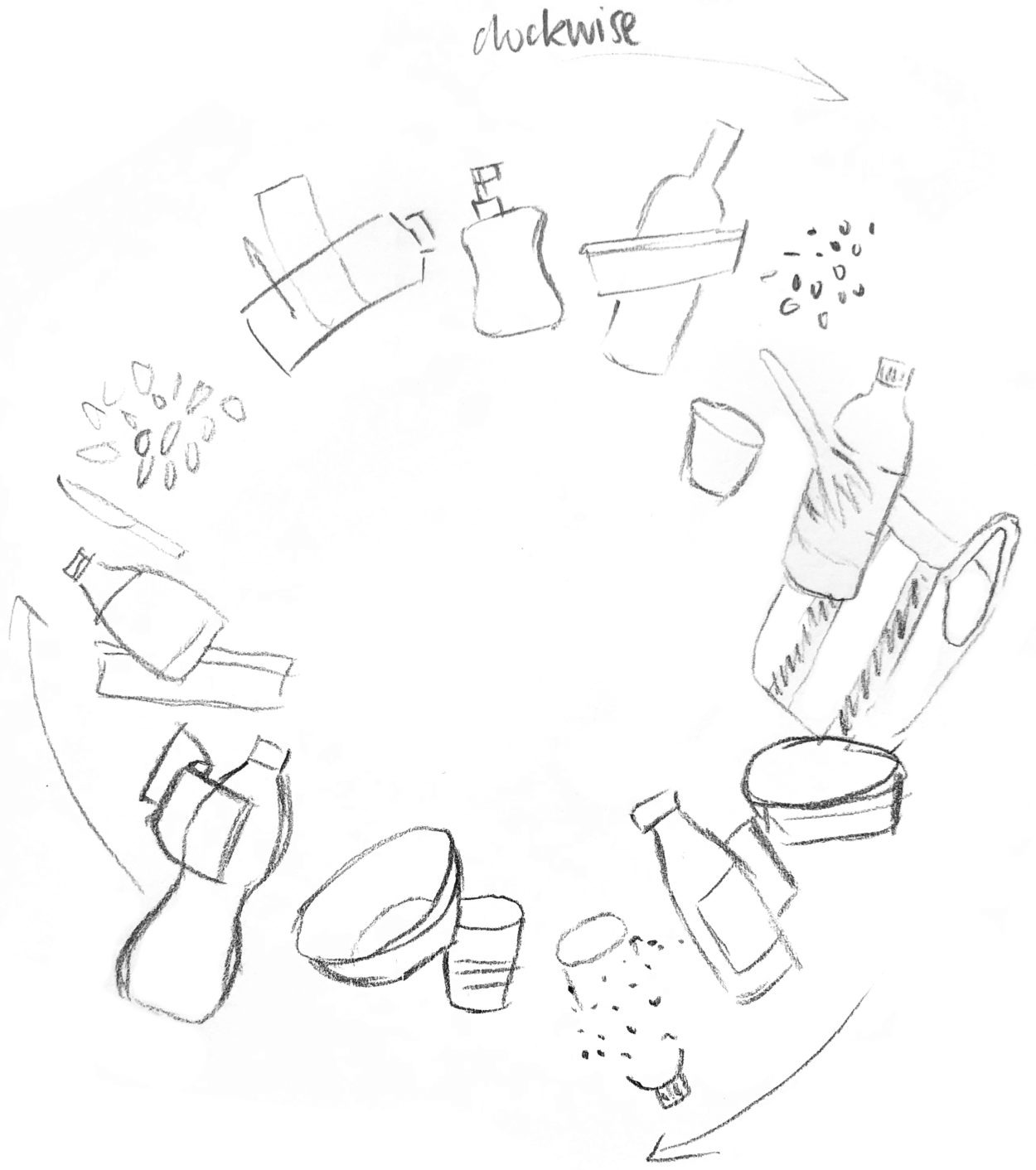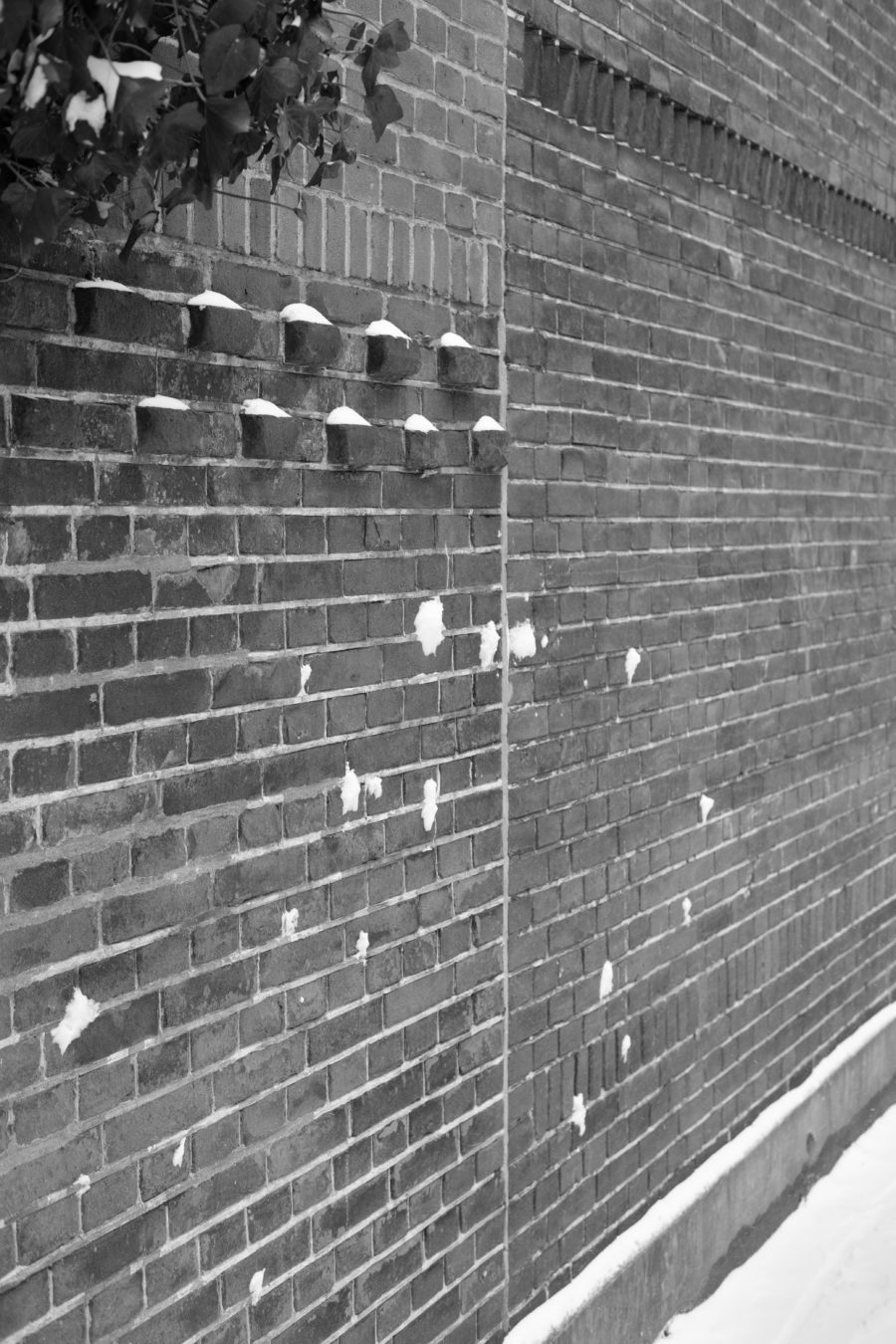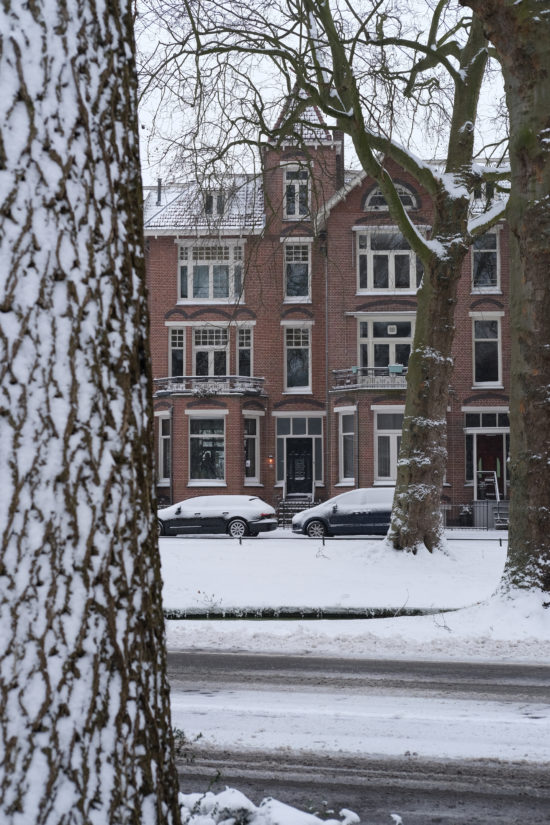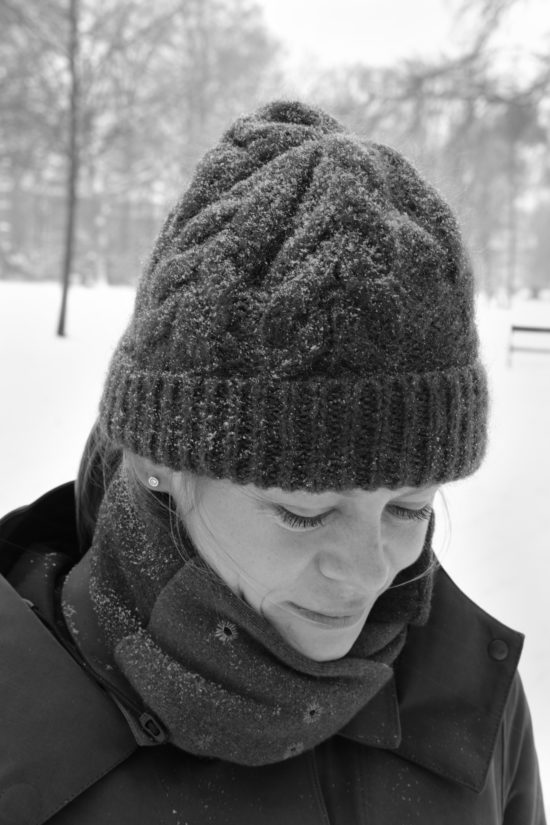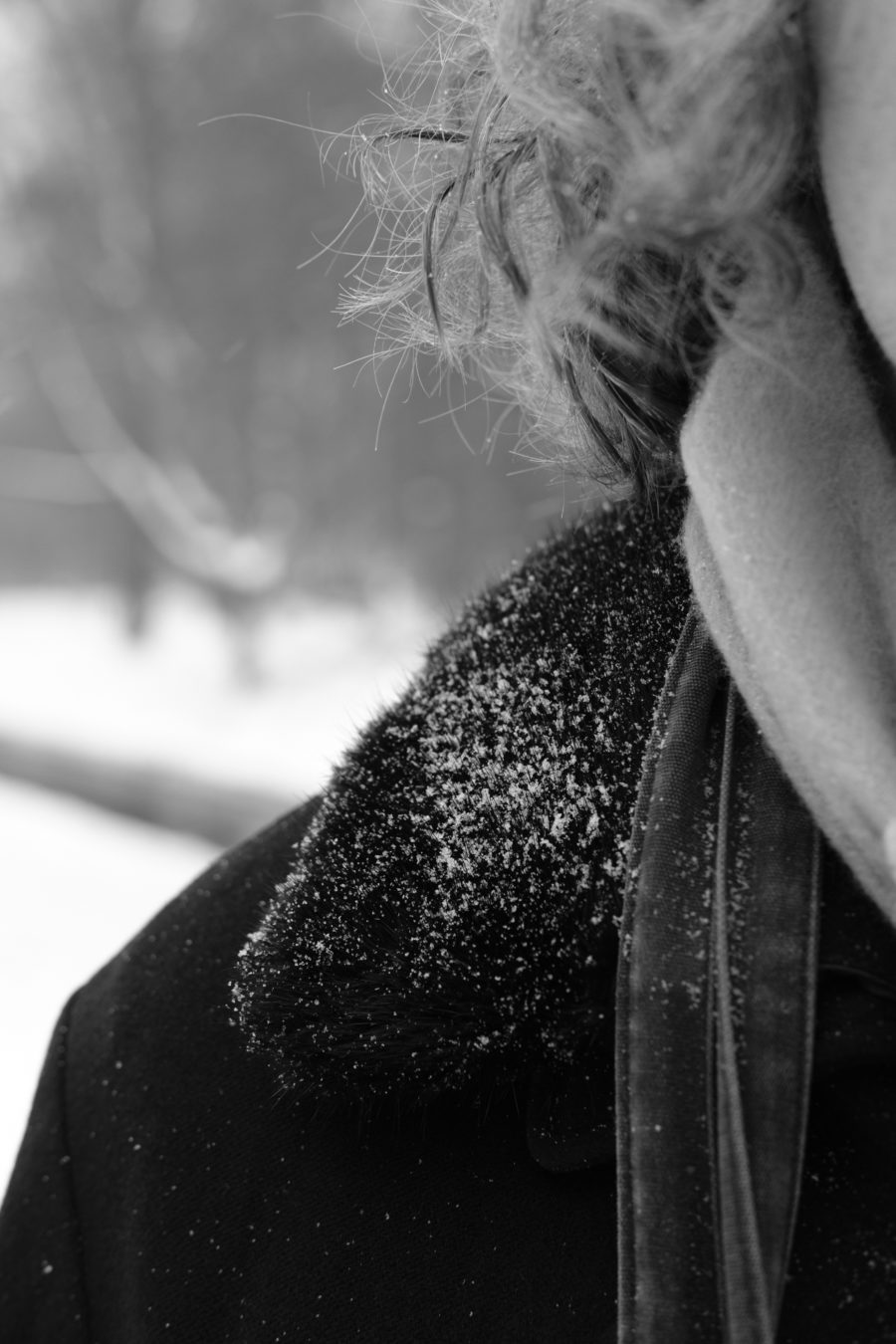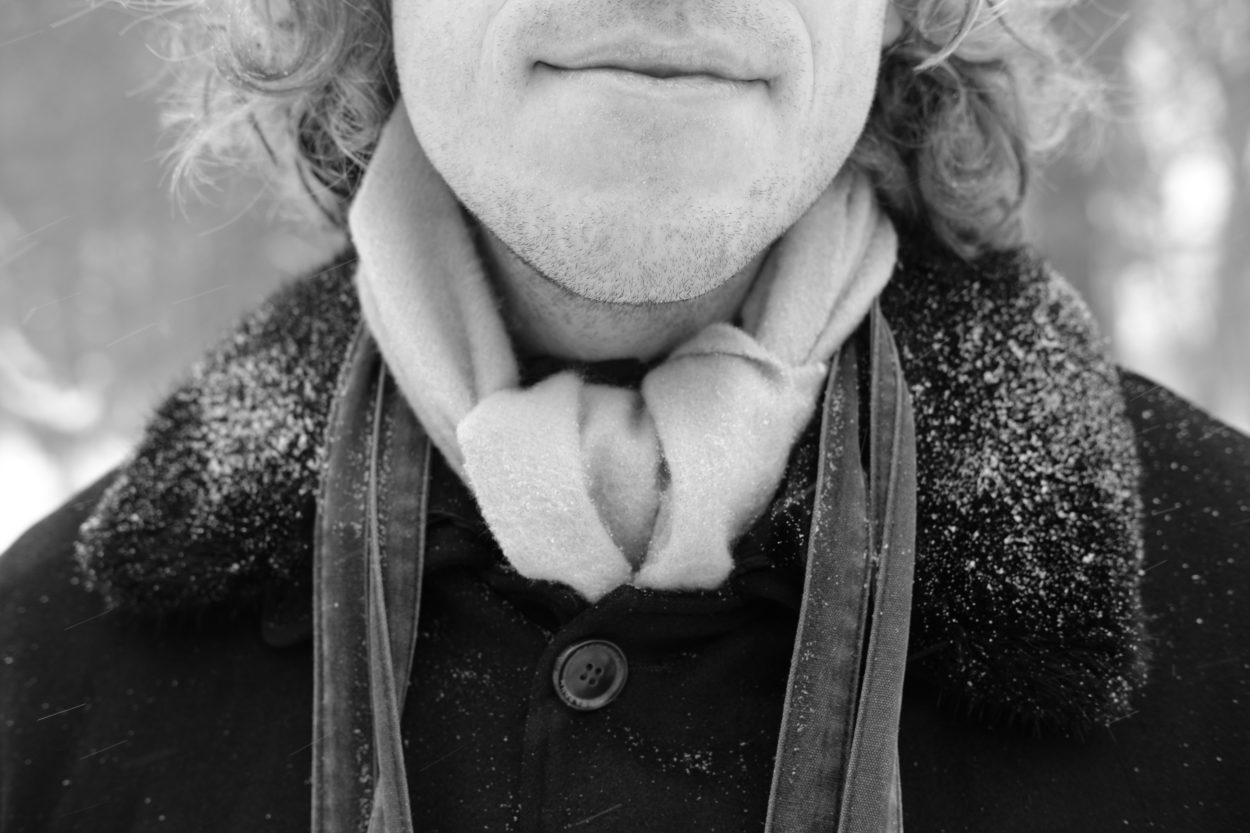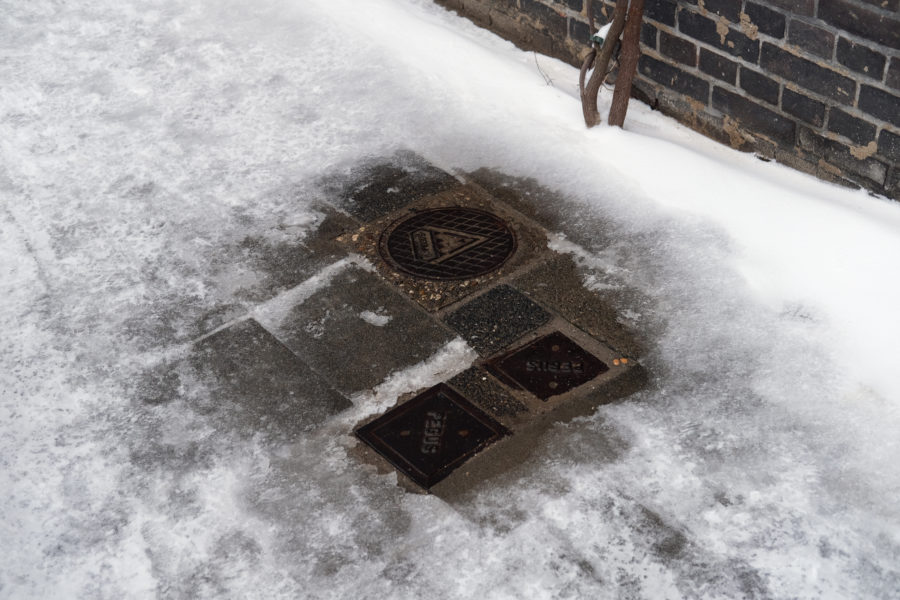Published
Having and Being Had
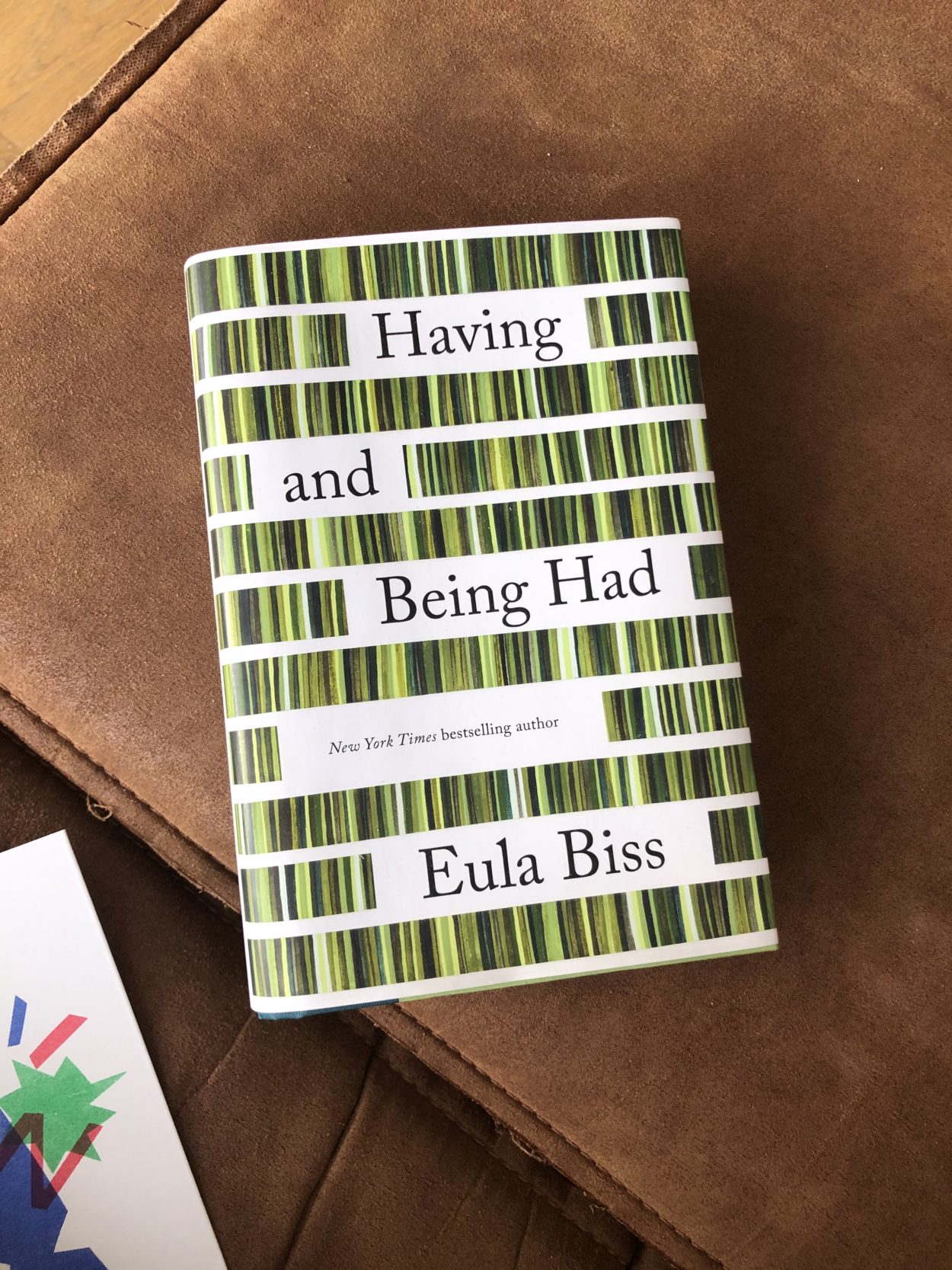
Having and Being Had is a fantastic book to read in your 30s, being both topical and refreshingly honest. Characteristically, Eula Biss rigourously weaves personal narrative with secondary research, in short chapters that make for an easy read, as she grapples with the purchase of her first home. An exemplary chapter below:
Moral Monday
Read moreToday is Moral Monday, I hear on the radio. A priest and a rabbi are staging a protest downtown with a giant camel and a giant needle, a reference to Jesus saying, “It is easier for a camel to go through the eye of a needle than for someone who is rich to enter the kingdom of God.” I pause over this, wondering if money can really be so corrupting that just having it is immoral. I have my doubts, but I also have money.


